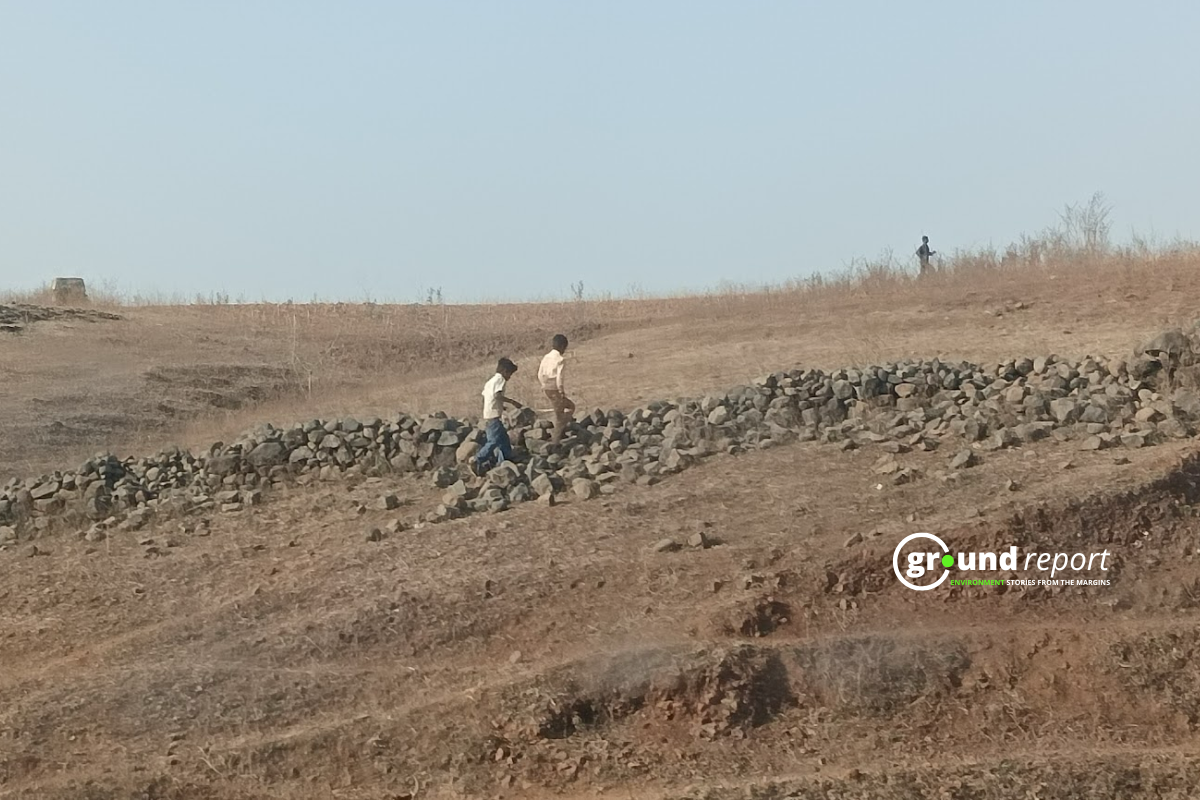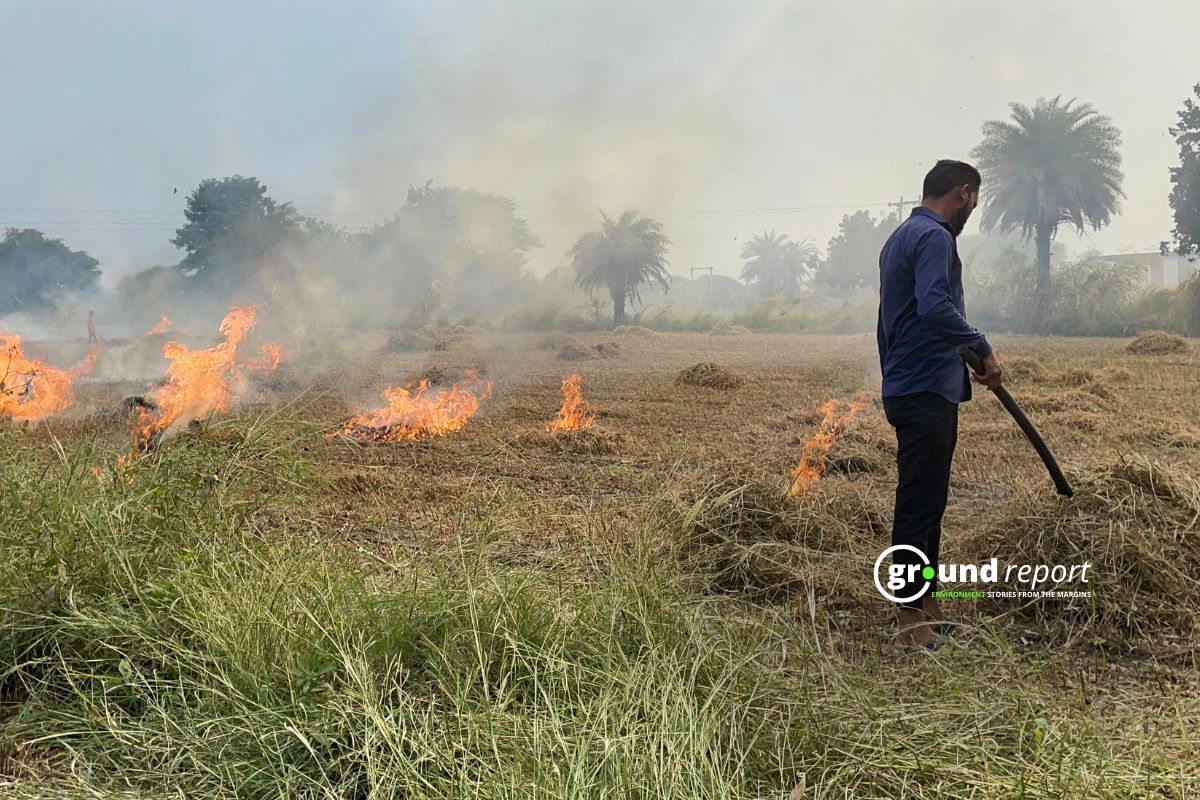In December 2024, news emerged about plans to establish four new nuclear power plants in Madhya Pradesh, with one planned for Kindrai village in Seoni district. The villagers’ initial disbelief turned to concern when landmarking activities began without any official explanation. However Just 11 kilometers away, across the Narmada River, the Chutka village is already slated for a nuclear facility, with all formalities completed.
The situation gained national attention in her annual budget when Finance Minister Nirmala Sitharaman announced ambitious plans to achieve 100 gigawatts of nuclear energy capacity by 2047. She proposed amendments to two crucial laws: the Atomic Energy Act (1962) and the Civil Liability for Nuclear Damage Act (2010).
The Civil Liability Act has an interesting history. In 2010, when the UPA-2 government introduced it, the BJP (then in opposition) insisted on including Section 17b, which allows plant operators to sue suppliers in case of nuclear accidents. This provision has deterred international suppliers, as exemplified by Westinghouse Electric Company’s reluctance to provide a techno-commercial offer for a project in Andhra Pradesh despite land acquisition being complete.
Now, ironically, the BJP government is seeking to amend the very provisions it once championed. This shift reflects the government’s push for private sector participation in nuclear energy development. However, concerns remain, particularly given historical nuclear disasters like Fukushima Daiichi in Japan, which led to mass evacuations and the decommissioning of multiple reactors. Even within India, the uranium mining operations in Jadugoda serve as a reminder of the environmental and health risks associated with nuclear projects.
The Kindrai village resistance highlights how rural communities, often considered passive participants in democracy, are increasingly aware of their rights and environmental concerns. Their opposition gains significance against the backdrop of global nuclear accidents and the ongoing debate about sustainable development models.
Support us to keep independent environmental journalism alive in India.
More Video Reports
Sexed Semen: Madhya Pradesh determining calf’s gender
Biaora battles severe sanitation issues, residents demand action
Fertilizer shortage disrupts rabi sowing for Madhya Pradesh farmers
Paddy farmers struggle with low basmati prices in Madhya Pradesh
Follow Ground Report on X, Instagram and Facebook for environmental and underreported stories from the margins. Give us feedback on our email id greport2018@gmail.com.
Don’t forget to Subscribe to our weekly newsletter, Join our community on WhatsApp, and Follow our YouTube Channel for video stories.










